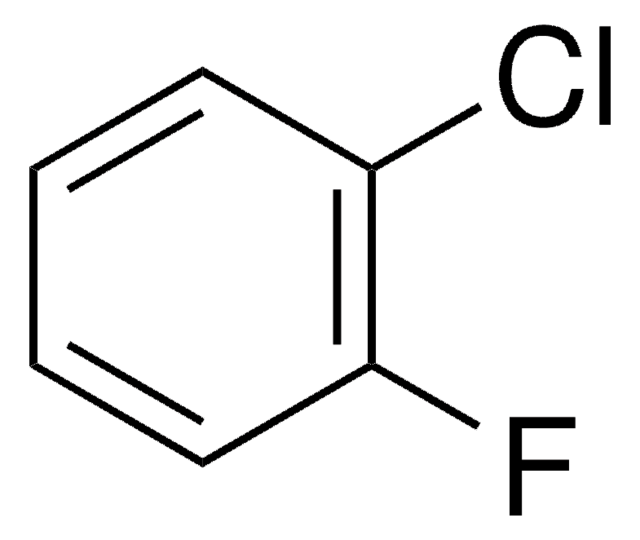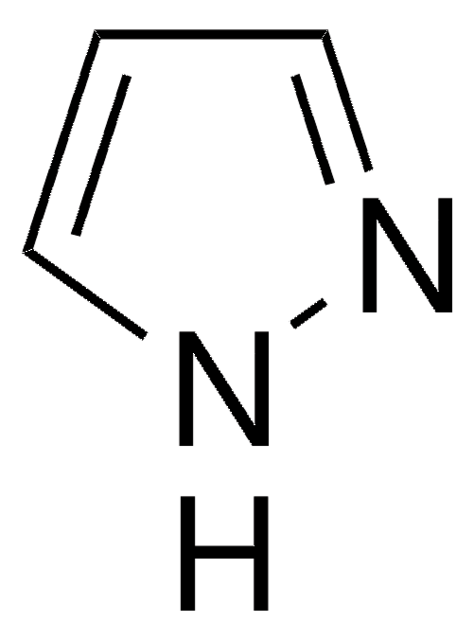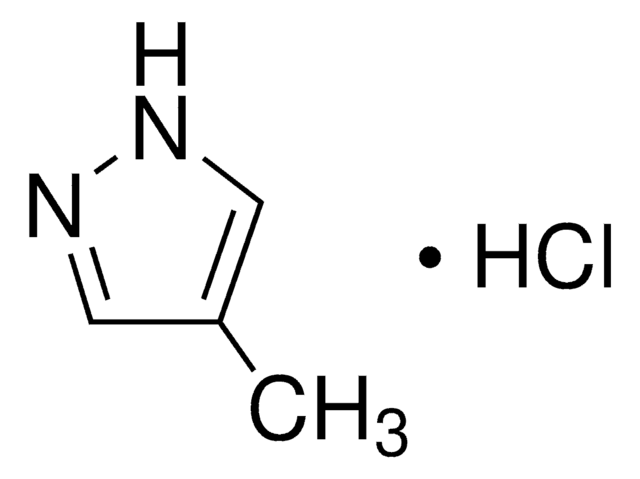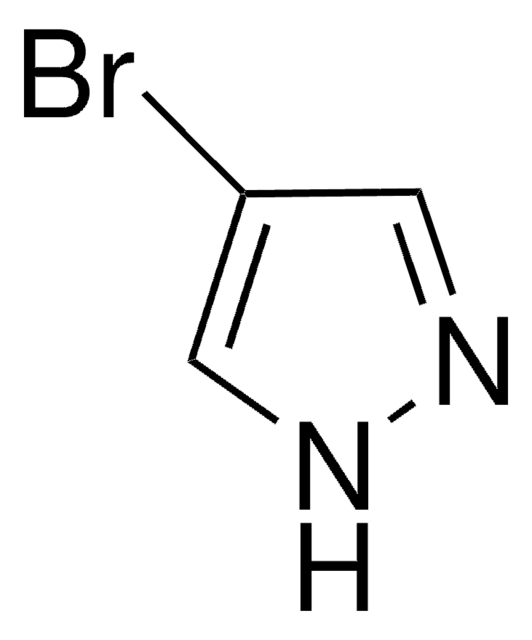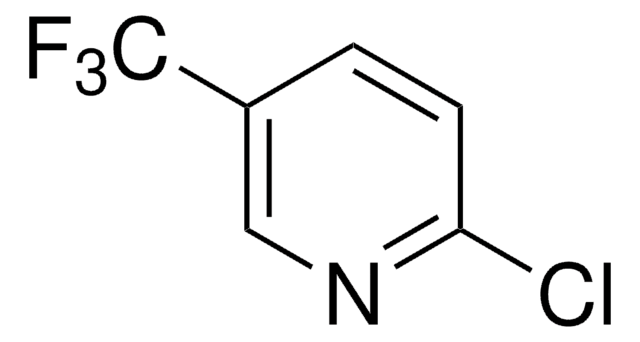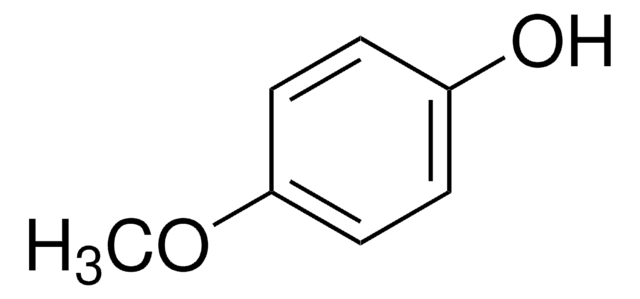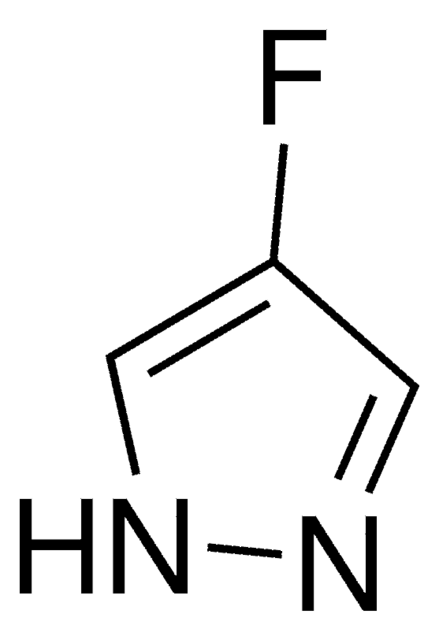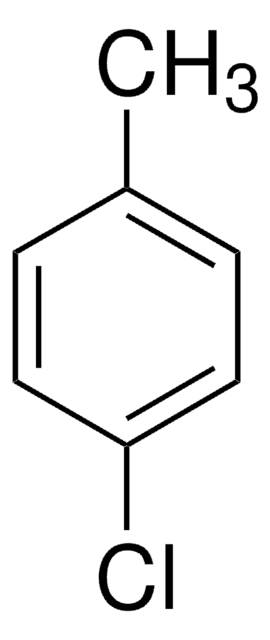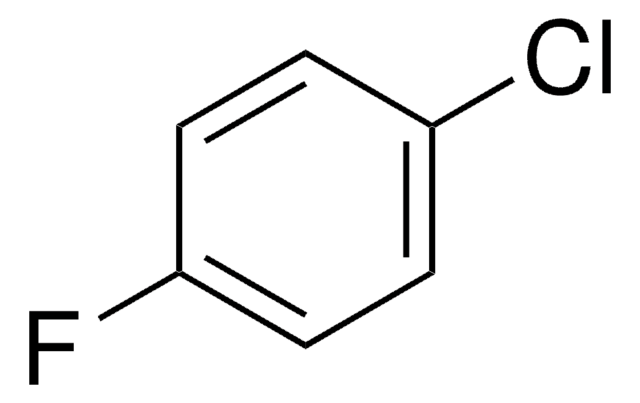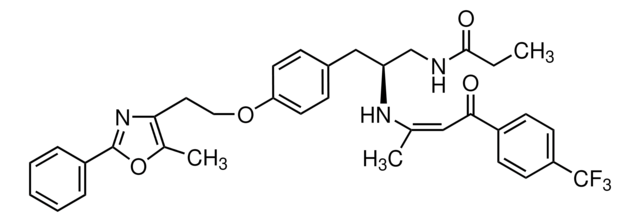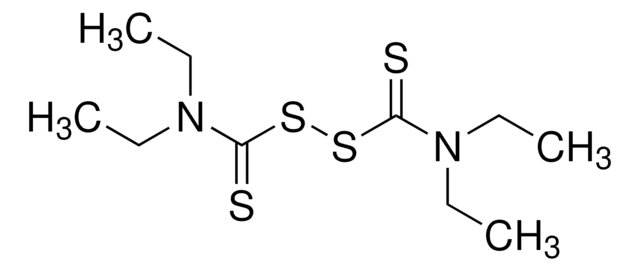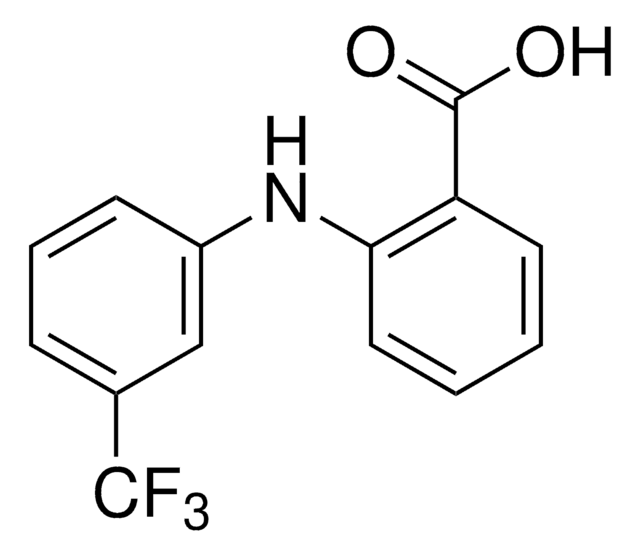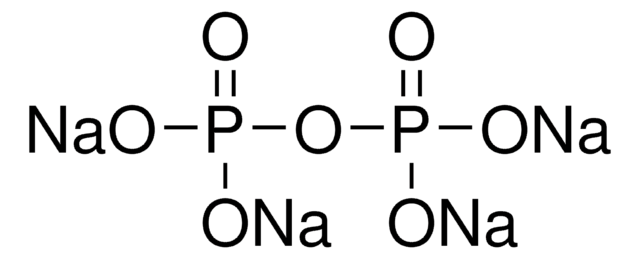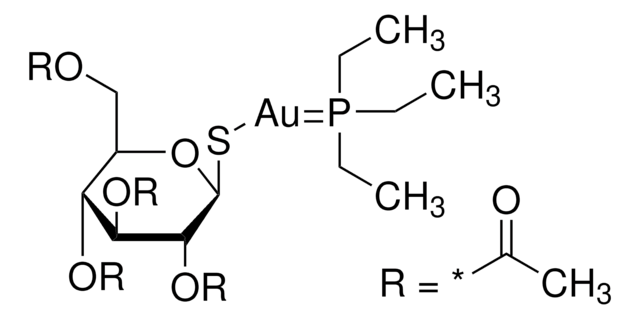222569
Fomepizole
99%
Synonyme(s) :
4-Methylpyrazole
About This Item
Produits recommandés
Essai
99%
Indice de réfraction
n20/D 1.495 (lit.)
pb
99-100 °C/6 mmHg (lit.)
Solubilité
alcohol: soluble(lit.)
water: soluble(lit.)
Densité
0.993 g/mL at 25 °C (lit.)
Chaîne SMILES
Cc1cn[nH]c1
InChI
1S/C4H6N2/c1-4-2-5-6-3-4/h2-3H,1H3,(H,5,6)
Clé InChI
RIKMMFOAQPJVMX-UHFFFAOYSA-N
Informations sur le gène
human ... ADH1A(124) , ADH1B(125) , ADH1C(126)
Vous recherchez des produits similaires ? Visite Guide de comparaison des produits
Description générale
Application
- A reactant to prepare 4-methyl-1-phenyl-1H-pyrazole by reacting with bromobenzene via N-arylation using a copper catalyst.
- A starting material for the synthesis of 4-methyl-3(5)-nitropyrazole by nitration.
- A ligand in the preparation of gallium(III) complex of 4-methylpyrazole as potential antitumor and antiviral agent.
Actions biochimiques/physiologiques
Mention d'avertissement
Warning
Mentions de danger
Conseils de prudence
Classification des risques
Acute Tox. 4 Oral - Eye Irrit. 2 - Skin Irrit. 2 - STOT SE 3
Organes cibles
Respiratory system
Code de la classe de stockage
10 - Combustible liquids
Classe de danger pour l'eau (WGK)
WGK 3
Point d'éclair (°F)
204.8 °F - closed cup
Point d'éclair (°C)
96 °C - closed cup
Équipement de protection individuelle
Eyeshields, Faceshields, Gloves, type ABEK (EN14387) respirator filter
Faites votre choix parmi les versions les plus récentes :
Déjà en possession de ce produit ?
Retrouvez la documentation relative aux produits que vous avez récemment achetés dans la Bibliothèque de documents.
Les clients ont également consulté
Notre équipe de scientifiques dispose d'une expérience dans tous les secteurs de la recherche, notamment en sciences de la vie, science des matériaux, synthèse chimique, chromatographie, analyse et dans de nombreux autres domaines..
Contacter notre Service technique
